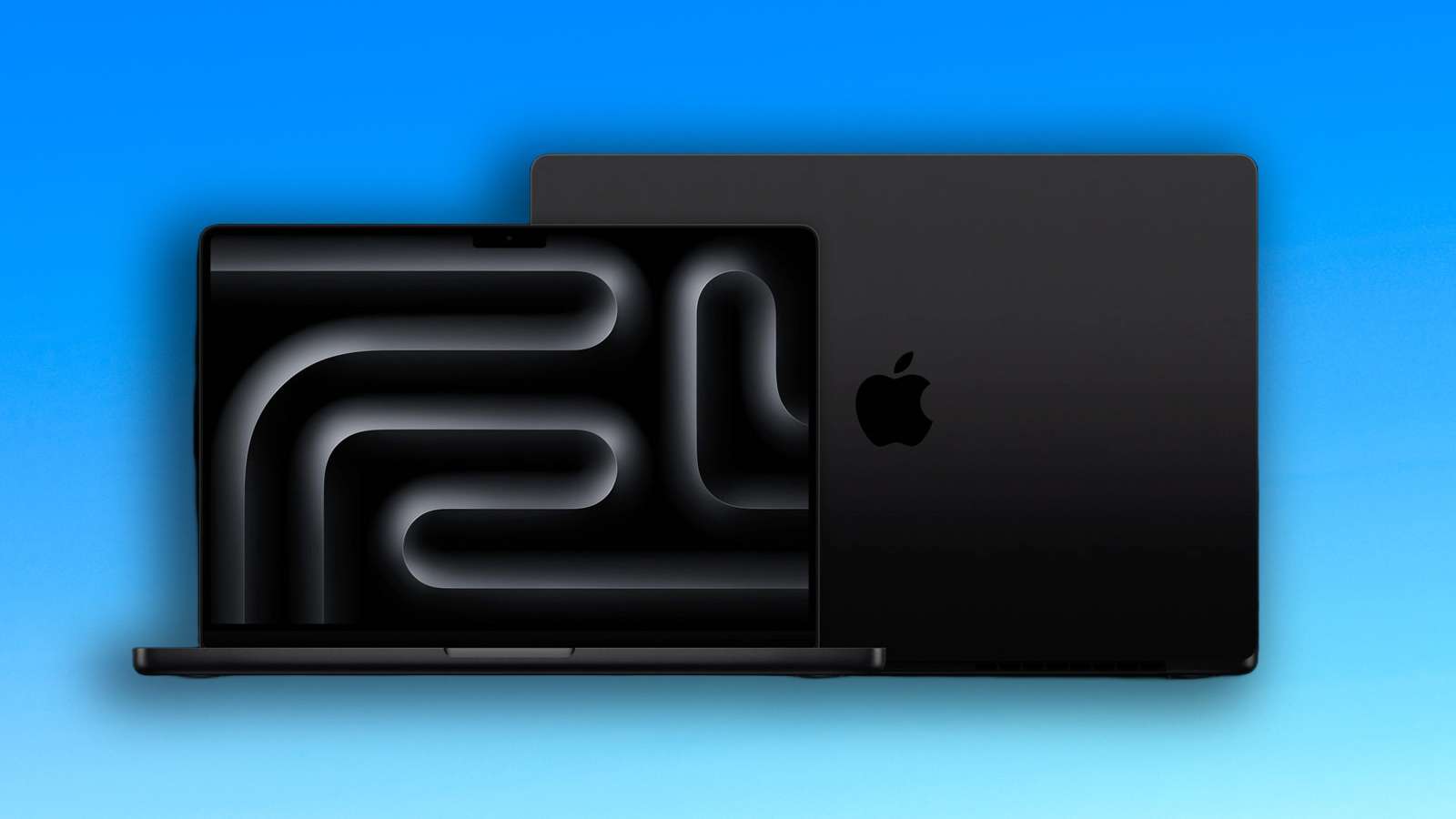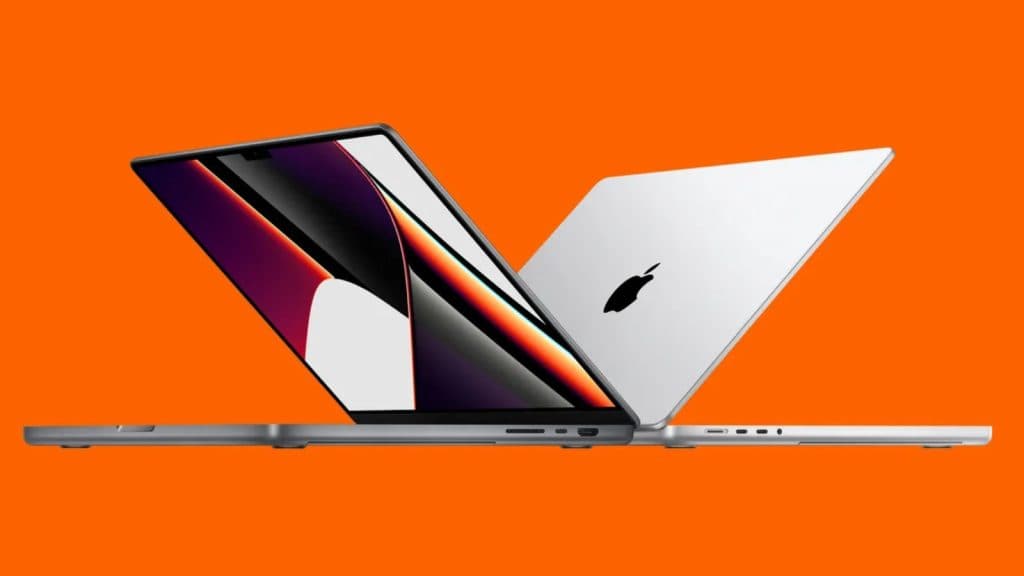OLED MacBook Pro might be coming later than originally thought
 Apple / Pexels
Apple / PexelsIf you’ve been planning to get an OLED MacBook Pro, you might have to wait much longer than expected.
Apple’s plans to introduce the OLED MacBook Pro seem to have hit a roadblock. Fresh reports hint that the long-rumored update has been pushed back.
These MacBooks were initially expected to arrive in 2025 – ahead of an OLED iPad and a foldable iPhone or iPad. However, the South Korean publication The Elec cites sources from the supply chain industry to suggest that the MacBook Pro with OLED might only happen in 2027.
The report further suggests that Samsung Display, the primary supplier of these OLED displays, expects the production line for these panels to be up by 2025. However, HP and Dell might have jumped the queue to get the supply before Apple.
Moreover, the Cupertino-based tech giant might not have access to an “exclusive” production line. Apple’s other supply chain partners for the OLED MacBook Pro have yet to build dedicated production lines. There could be a substantial gap before Apple would place orders for the OLED panels, thus giving the competitors a chance to sneak ahead in making ultra-premium OLED laptops.
OLED MacBook Pro: What’s the hype all about?
 Apple
AppleIt’s not the first time an OLED MacBook Pro is in the news. There is considerable anticipation around the upcoming MacBook Pro due to the massive upgrade in the display tech.
The current MacBook Pros are equipped with Mini-LED panels, marketed as Liquid Retina XDR, and considerably better than a regular LED or LCD panel. However, OLED panels are way better in image quality and color reproduction and are better suited to work in dark mode on laptops.
The vibrant image reproduction makes the content look rich and life-like on an OLED panel. Moreover, the viewing angles are also expected to be better on an OLED MacBook Pro than on a Mini-LED-equipped laptop.
That said, Mini-LED panels are said to be brighter and are not prone to pixel burn-in like OLED displays. This itself could make the switch tricky for Apple as well.


